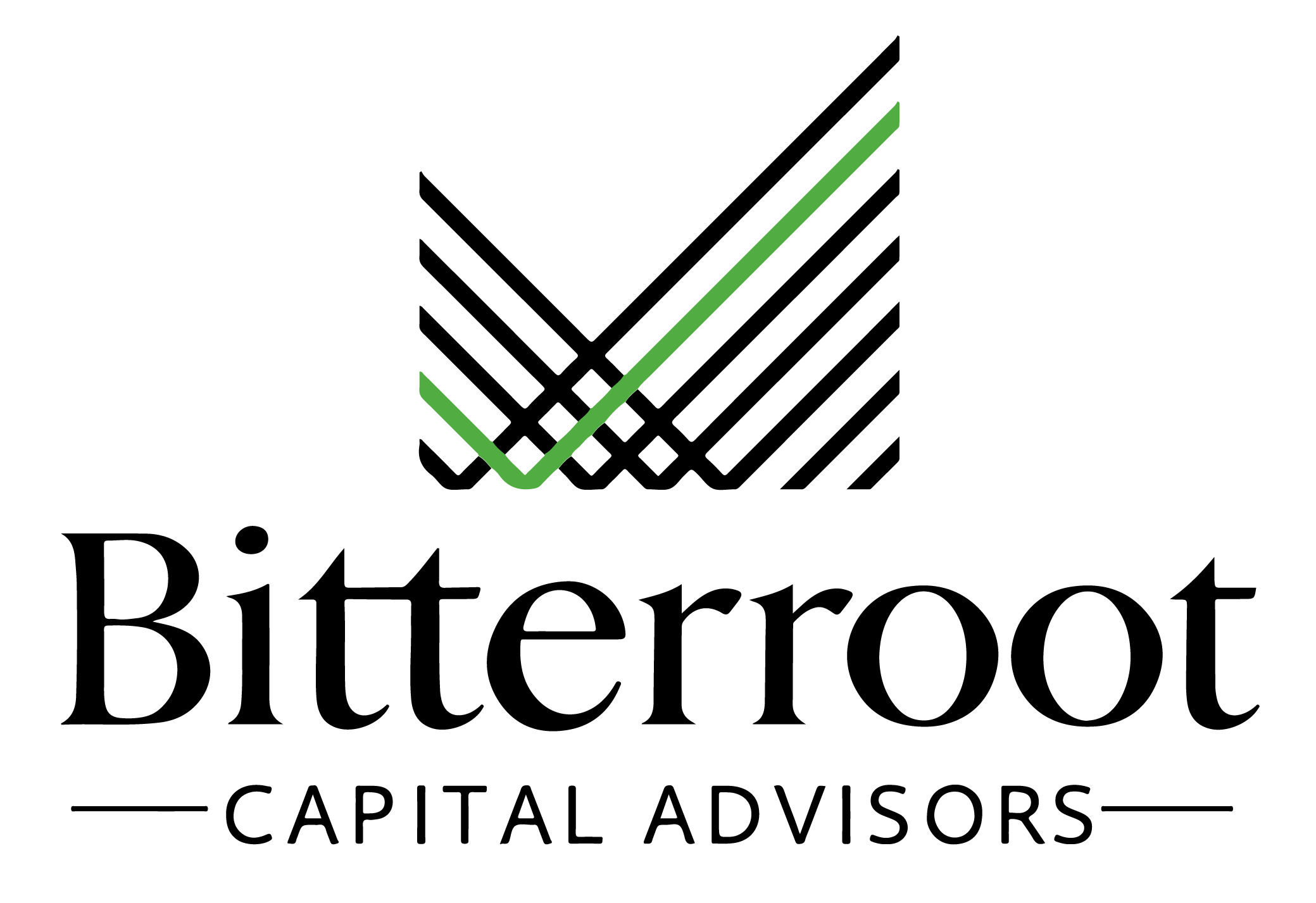Equity markets (ACWI Index) appreciated by 11.0% in Q4 and 22.2% for full-year 2023.
Gains were widespread with major indexes (S&P 500, MSCI EAFE, MSCI Emerging Markets) all up 8%-11% in USD terms during Q4.
Faster than expected declines in inflation and swiftly falling bond yields drove the strong performance.
US Government and investment-grade corporate bonds appreciated significantly as interest rates declined sharply during the quarter.
The Barclays US Aggregate Index was up 6.8% during Q4 with US Treasuries up +5.7% and Investment Grade corporate bonds up 8.5%.
Bond yields declined by 70bops-80bps across the curve during the quarter, with 10-year US Treasury yields declining to 3.87% at YE 2023 versus 4.57% at the end of Q3 2023.
For full-year 2023, the Barclays AGG Index was up 5.5%.
US High-yield bonds and leveraged loans (riskier corporate credit) were up 7.2% and 2.8% during Q4 and were up 13.5% and 13.3% for full-year 2023.
Q4 high yield returns were driven by declining base rates, spread compression and high coupon yields.
Q4 leveraged loan returns were primarily driven by high coupon yields coupled with modest spread compression.
Credit spreads tightened throughout the year as corporate earnings held up better than expected and confidence in an economic soft landing increased. In fact, high-yield bond spreads of 338bps are now below historical averages (430bps) and are well-below the 800bps level normally seen during recessions.
Hedge funds were up 1.8% in Q4 and 3.1% YTD.
Convertible arbitrage strategies performed best (+10.1% YTD) while directional strategies such as equity-hedge and credit also performed well (+6.9% and +6.5% YTD). Event-driven and macro / trend-following strategies performed worst at +0.4% and -1.5% YTD respectively.
Private equity was up 5.6% in H1 2023 and likely up similar amounts in the second half.
Private equity managers report with a 60-to-120-day lag. As such, Q3 and Q4 benchmark data is not yet available. However, most PE firms are reporting increases of low-SD during Q3 and Q4 driven primarily by underlying EBITDA growth at portfolio companies.
New deal activity across buyout strategies remains well below 2021 peaks and is also below pre-pandemic levels. Entry valuation multiples declined to 12.3x in 2023 from 13.8x in 2021 and leverage has declined to 45% debt to capital currently versus 52% debt to capital at the end of 2021.
Private credit performed well through Q3 2023 (latest data available given lagged reporting)
The Cliffwater Private Credit Index was up 8.9% YTD as portfolios benefitted from high current yields with stable pricing. Q4 returns likely eclipsed 3.0%, bringing 2023 returns to north of 12%.
The near-term outlook for existing funds is relatively positive. Increases in SOFR base rates has led to unlevered current yields of north of 10%. However, increased defaults and markdowns may offset some of this return.
Some analysts are projecting that in 2024 private debt defaults may exceed those experienced by loans traded on the syndicated loan market, especially for those loans originated in 2021 during frothy credit conditions.
Private real estate pricing continued to decline in Q3 2023 (latest data available) although transaction volumes remain low.
The NCREIF Index was down 1.4% in Q3 2023 (fourth consecutive quarterly decline) and was down 5.1% YTD. Cap-rates have begun to stabilize, although there is very limited data following the recent uptick in rates.
Market rental growth has decelerated for almost all property types as high levels of supply have come online in 2022 and 2023. However, new supply is expected to decline considerably in 2025 and 2026.
Underlying property fundamentals remain reasonably strong across industrial properties but have stagnated for multi-family properties (rents flat YOY in December on a national level). Office fundamentals are generally under significant pressure except for the highest-quality, best location properties.
We see a favorable outlook for new private investment funds (currently raising money for 2023 vintage and 2024 vintages) with lower valuations and reduced leverage use, and in certain cases less capital chasing opportunities.
While the chances of a soft landing (especially in the US) have markedly increased, the level of economic and geopolitical uncertainty remains extremely high.
As such, we see a wider than normal range of possible outcomes (especially for public equity markets) over the next twelve months.
We are incorporating these views into portfolio positioning by:
Cash management via allocation to short-term US Treasuries and US investment-grade bonds.
Continued allocations to new private investment strategies, especially private equity secondaries and private credit.

